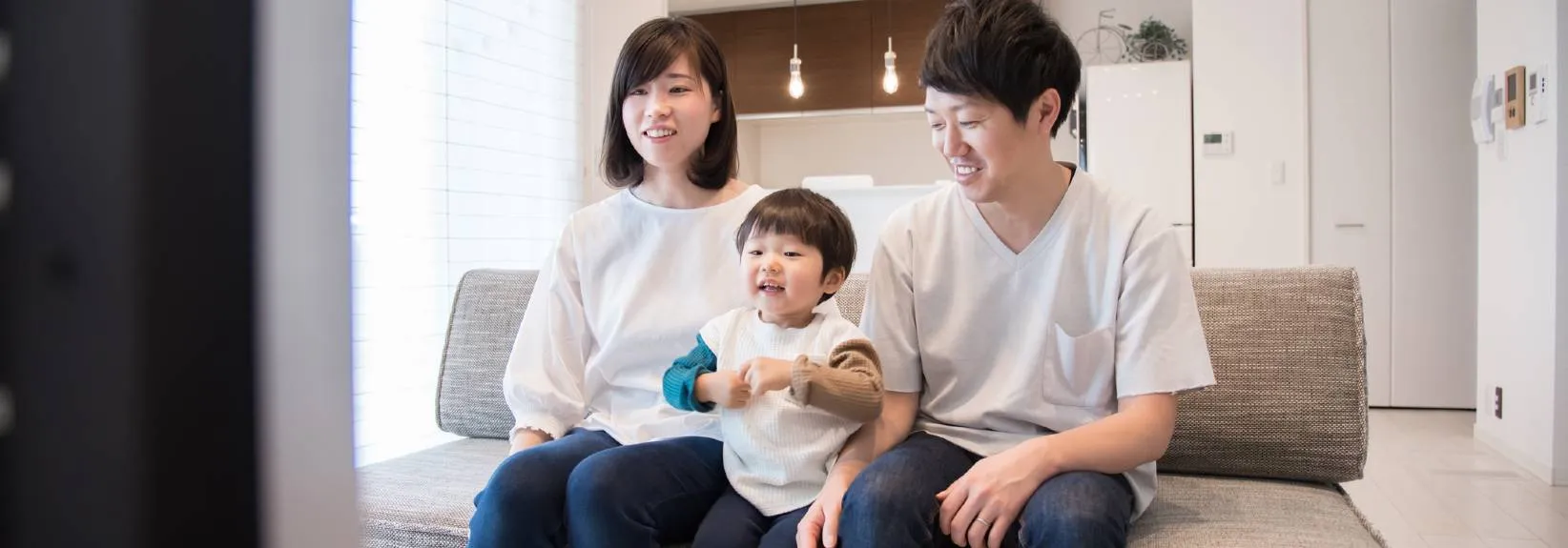How Do UV Lights for HVAC Systems Work?
When you hear the phrase ultraviolet light, you might picture getting sunburned after spending a day at the pool. Having said that, UV light is also a strategy for increasing indoor air quality. Sunscreen safeguards against UVA and UVB rays, but UVC is the kind of light found in air purification. If you suffer from allergies or asthma or would like to limit the distribution of illnesses throughout your home, a UV light installed in your HVAC system could be the air quality solution you’ve been hoping for!
How Does a UV Light Function?
The germicidal influences of ultraviolet light have been known for more than 100 years. UVC rays were originally applied to treat tuberculosis. Nowadays, germicidal lamps are common in hospitals, food processing plants, water treatment plants and air purification equipment. A UV lamp added to your HVAC system improves the air quality in your home by wiping out microorganisms including bacteria, viruses, mold and more. It only needs 10 seconds of contact to deactivate these germs’ DNA, killing them or blocking them from replicating. UV lights also combat volatile organic compounds (VOCs) present in cleaners and repellents on top of airborne bioaerosols like pollen and pet dander. Still, UV lights don’t physically ‘trap’ contaminants, so you still require an air filtration system to extract dust, fibers and other particles from your indoor air.How Effective Are UV Lights?
As long as they are installed correctly and utilize the right wavelength of UV light, germicidal lamps are highly effective at improving indoor air quality. One study from Duke University illustrated that UV light deactivated more than 97 percent of drug-resistant bacteria from the air in hospital rooms. Another analysis revealed “significantly lower” fungal levels in a commercial building’s HVAC unit after four months of applying a UV light.Benefits of UV Lights
Add an ultraviolet lamp in your HVAC system to take advantage of these benefits:-
- Cleaner indoor air: UV light technology helps clean the air 24 hours a day without introducing chemicals into the environment. Unlike other air purifiers, ultraviolet lamps don’t generate ozone, a recognized lung irritant that is harmful to individuals with asthma, allergies or chronic lung diseases.
-
- Decreased chance of getting sick: When combined with good personal hygiene, germ-killing UV lights can reduce the risk of contracting viral and bacterial infections.
-
- Stronger protection for your HVAC system: Mold, fungi and bacteria can gunk up your heating and cooling equipment. Keep the system running reliably and efficiently with a quality UV light.
-
- Smaller HVAC maintenance and repair bills: With an inherently cleaner central HVAC system, you enjoy lower maintenance requirements and fewer emergency repairs. These savings can help offset the cost of utilizing a UV light and replacing the bulb.

